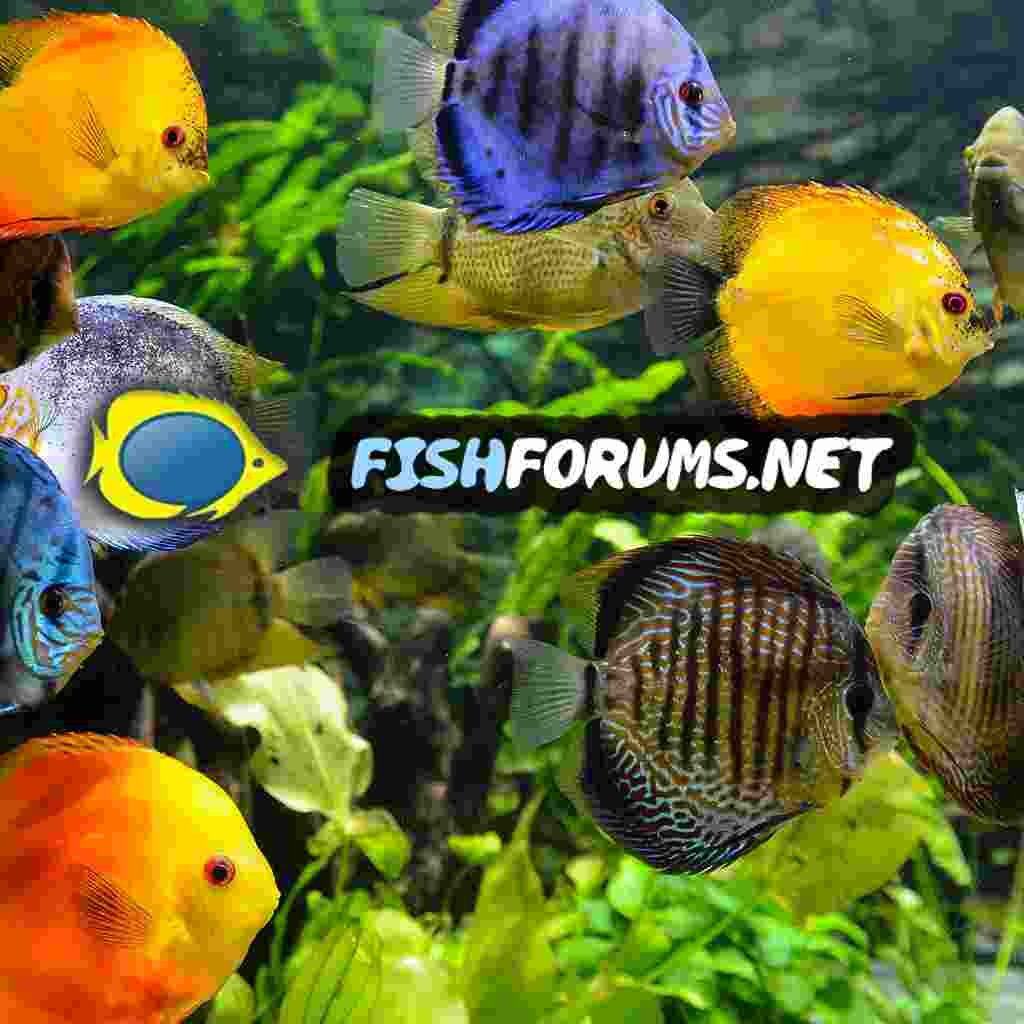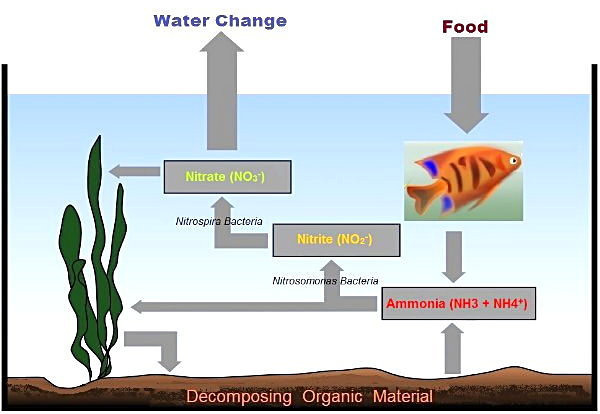Hello peeps,I’m Steve,I’ve just bought a 25L tank with the intention of having some neontetras in it,the tank came with a heater and a pump/filter combined,there is nothing else with the tank,it has a lid with a light in,there is no gravel,plants or anything,I’ve bought it second hand so it’s been used.
I know nothing at all as I’ve never had a tank before so I’ve joined this forum from the word go so I get off on the right footing.What are the first things I should do,any help will be greatly appreciated,I’m going to collect some books I’ve just bought off market place in a minute to help me aswell.
Kind Reguards
Steve
Rather than books (which can be out of date with current thinking), ask on here

The first lesson in fish keeping is don't listen to anyone who works in a store. So many of them haven't a clue and just want to make a sale. Always research first rather than take their advice.
Next to fish keeping itself.
As you are in the US, I presume the "25L" tank is a 25 gallon long tank rather than 25 litres? 25 gallon long is a good size for neon tetras.
When you bought the tank, was it still running or had the previous owner emptied it and left it to dry? If it was still running, there could well be some beneficial bacteria left but if it was empty and dry there won't be.
So the first thing is to cycle the tank. I'm afraid this will take some time before you can get fish. You mentioned plants, does this mean you are aiming for a tank with live plants? If that's what you intend you can do a plant cycle; if you meant synthetic plants, you'll need to do a fishless cycle.
Fish excrete ammonia, but this is toxic. When there are a lot of fast growing plants in a tank, especially floating plants, these take up ammonia as fertiliser and they turn it into protein. When there are no live plants, a colony of bacteria grows which turns ammonia into nitrite, which is also toxic, and a second bacteria colony grows which turns nitrite into nitrate. To grow these bacteria before fish are put in a tank, we add ammonia from a bottle.
Plant cycling involves setting up the tank and planting it. It's a good idea to take a photo of the newly planted tank so you can see how much the plants have grown over the next few weeks. Once the plants are showing active growth, it's safe to add the first batch of fish. The ammonia and nitrite levels need to be monitored daily to make sure the plants are removing all the ammonia made by these fish. If they stay at zero for a week, the next batch of fish can be added.
For fishless cycling with ammonia, there's a step by step method on here.
Cycling Your First Fresh Water Tank What is Cycling and Why is it Important? Fish waste, and especially fish breathing, plus uneaten food and other organic matter breaking down in a tank all produce Ammonia. This can quickly become toxic to fish if it is allowed to build up to any measurable...

www.fishforums.net
When setting up the tank, think about what fish you want. You've mentioned neon tetras, but any other fish? If you want bottom dwelling fish such as corydoras, sand is better than gravel. Play sand is a lot cheaper than the sand sold for aquariums.
While the tank is cycling is the time to think about fish. Books may or may not mention water hardness as a lot of people have no idea this is important. Fish come from water that's hard or soft or somewhere in the middle. Neon tetras, for example, are soft water fish.
It is easier to keep fish which come from water with similar hardness to our tap water. If you are on mains water, your water provider's website should give your hardness; you need a number and the unit of measurement (there are several units they could use). If you are on well water, you may have a quality report; or take some tap water to s fish store and ask them to test for GH. Make sure they give you a number. And if they use strips to test with, ask what is the highest level the strip can measure as some don't measure very high.
Now that I've bored and confused you, ask any questions you need





